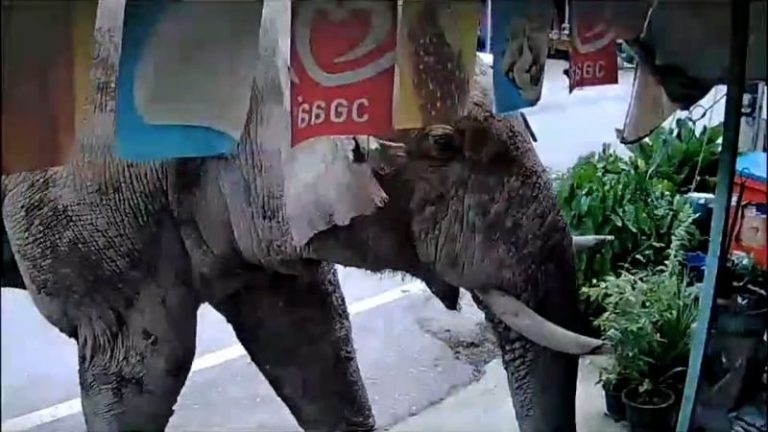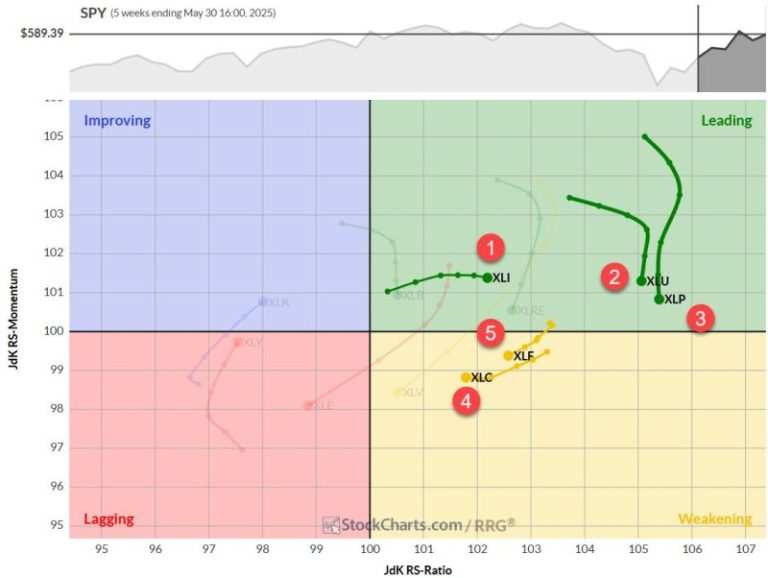How will Moscow respond to the stunning Ukrainian drone strikes on its fleet of strategic aircraft?
So far, the Kremlin has stayed tight-lipped, saying only that it is waiting for the results of a formal investigation into the attacks, which struck air bases thousands of miles from the Ukraine border.
But fury is being openly vented across the Russia media, with pro-Kremlin pundits and bloggers seething with calls for retribution, even nuclear retaliation.
“This is not just a pretext but a reason to launch nuclear strikes on Ukraine,” the prominent “Two Majors” bloggers said on their popular Telegram channel, which has over a million subscribers.
“After the mushroom cloud you can think about who lied, made mistakes and so on,” they added, referring to the inevitable Kremlin search for scapegoats for the fiasco.
At least one prominent Russian political analyst, Sergei Markov, urged caution, warning in a social media post that using nuclear weapons would “lead to real political isolation”.
But popular blogger Alexander Kots demanded Russia should “strike with all our might, regardless of the consequences.”
Of course, Russian hardliners routinely clammer for the nuclear obliteration of Ukraine, while issuing thinly veiled, but ultimately empty threats of Armageddon aimed at the Western allies. The fact they are doing so again, after such a painful series of attacks, is hardly surprising.
But it would be wrong to get too complacent and dismiss all Russian nuclear saber-rattling as mere propaganda.
In fact, there are some worrying reasons to take the slim possibility of a devastating Russian response a little more seriously this time around.
Firstly, several Russian pundits have commented on how Ukraine’s destruction of a significant number of Russian strategic nuclear bombers may be interpreted as breaching Moscow’s legal nuclear threshold.
The Kremlin’s recently updated nuclear doctrine – which sets out conditions for a launch – states that any attack on “critically important” military infrastructure which “disrupts response actions by nuclear forces” could trigger a nuclear retaliation.
The Ukrainian operation was “grounds for a nuclear attack,” declared Vladmir Solovyov, a firebrand host on Russian state TV, calling for strikes on the Ukrainian presidential office in Kyiv, and beyond.
Whatever the legality, the barrier for a Russian nuclear response remains mercifully high and such a strike is likely to be dismissed in Kremlin circles as an impractical overkill.
For a start, it would poison relations with key Russian trading partners like China and India, as well as provoke potential military action against Russian forces.
Inevitable mass casualties would be certain to invite universal scorn, further isolating Russia on the international stage.
But here’s the problem: the Kremlin may now feel overwhelming pressure to restore deterrence.
It’s not just the recent Ukrainian drone strikes, deep inside Russia, that have humiliated Moscow. Shortly afterwards, Ukraine staged yet another bold attack on the strategic Kerch bridge linking Russia with Crimea – the third time the vital road and rail link has been hit.
The capture by Ukrainian forces of the Kursk region in western Russia last year dealt another powerful blow, leaving the Kremlin struggling to liberate its own land. Meanwhile, weekly, if not daily, drone attacks on Russian energy infrastructure and airports continue to cause widespread disruption far from the front lines.
At the same time, Ukraine’s allies have been gradually lifting restrictions on the use of Western-supplied arms against Russia, further challenging what were once believed to be Moscow’s red lines.
Few doubt the Kremlin is itching to respond decisively, but how?
“There’s no other way to go, because Russia does not have the capacity to launch a massive military offensive. They don’t have enough personnel for it,” said Vladimir Milov, a former deputy energy minister now living outside of Russia.
“People talk about potential use of nuclear weapons and so on. I don’t think this is on the table. But, again, Putin has shown many times that he is resorting to barbarity and revenge.”
In other words, highly unlikely, but the nuclear option can’t be entirely discounted. This Ukraine conflict has already taken multiple unexpected turns, not least the full-scale Russian invasion itself in 2022.
And while Ukraine and its supporters revel in the stunning successes of recent military operations, poking a humiliated and wounded Russian bear may yield dangerous and frightening consequences.










